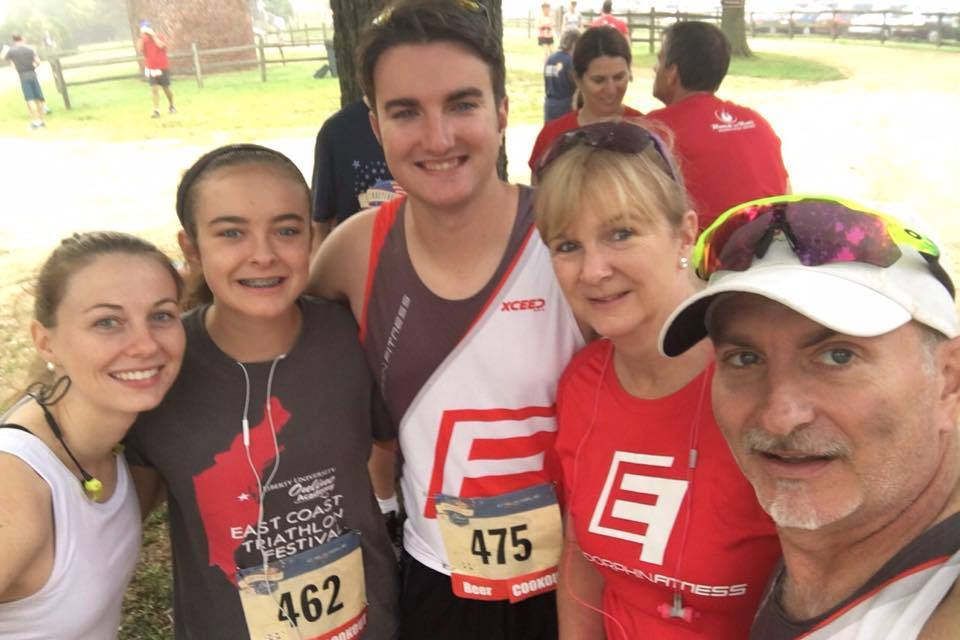Shoe fit is a very particular thing that will make or break the health of your lower limbs. When I send a client out to purchase new running shoes, I often recommend a local specialty shop where I know that someone is going to take the time to fit them properly. Despite trusting that they will be in capable hands, I am always surprised-and somewhat dismayed- that NO ONE has learned what I learned about shoe fits. Whenever I share my “secret” tricks with my clients, the reaction is often one of surprise. “Why didn’t anyone tell me that?” they moan. Well, I’m about to let you all in on the Secret. Hopefully, at least one of you sells running shoes and will start to spread the word to your customers as well.
I used to sell hiking boots. I would fit someone with a pair of boots knowing that they would have to rely on those shoes to carry them and their backpack through 1 week to 6 months of mountain trails. These folks couldn’t afford a poorly fitted shoe-it could be downright dangerous when you’re talking about being stranded in the middle of the woods. When I did my job well, the customer would walk out of the store with a boot that not only was the right size and width (c’mon folks, that’s easy), but was also fully customized to fit their weird foot. I would stretch out the leather to make room for bunions, swap out for more supportive inserts, and (here’s the Secret!) relace the shoe around their foot.
A shoe does not come off of the shelf for your foot. Shoes are made around lasts- a model foot that is configured based on average dimensions. You may be a 9.5 but you have high insteps and a wide toe box whereas Joe over there has a 9.5 flat, low volume foot. There is certainly a shoe out there designed for high insteps and wide toe boxes but- even if you’re lucky enough to find it- you’re still going to have to recognize that the shoe was not made with you in mind.
Here’s the scenario: You finally found a pair of shoes that fit. Then your foot starts to hurt. There’s a feeling like tendonitis in the top of your foot or you can’t seem to stop the heel from rubbing. If you pull on the laces tightly, the shoe rubs less but now your “tendonitis” is worse. You loosen the laces but now your shins hurt as your shoes wiggle underneath you with every step. You can-and may need to- go out and buy yet another pair of shoes that fit you better. However, you may be able to solve the problem for FREE and in less than 10 minutes.
Are you ready?
Completely remove the lace. Stick your foot into the shoe, tapping it back into the heel for good measure. Begin to lace your shoe, only this time make some adjustments around your foot. Below are three of the most common issues that I see. If you click on the link to each photo you will be taken to an AMAZING site where you can learn more about the technique as well as play with the interactive shoe.
- The Toe Box- Wide toes need lots of room. By locking the laces a few holes up you’ll be able to tighten the shoe without pulling on the space around the toes.
Place just one of these locks at any point in the shoe where you don’t want the lace tension to change. The lock is created by wrapping the laces around each other 3 times before moving on to the next hole.
www.fieggen.com/shoelace/knottedlacing.htm
- The Instep- High insteps are a common problem. One of two things happen: Either you crank down on the laces, creating too much pressure on the instep leading to pain akin to tendonitis or you avoid tightening the laces, creating a shoe that is too loose. This time, as you lace up the shoe, skip the hole where the highest part of your instep is. Also, lace the hole from the outside in, rather than in to out, in order to buy you a few extra millimeters. Now you can crank down on the lace without ever putting pressure on the the high spot.
https://www.fieggen.com/shoelace/gaplacing.htm
- The Heel- Narrow heels in particular can be problematic. If your foot shifts around a lot or if you are running a particularly hilly course that causes your foot to slide forward in the shoe then you need a strategy for firmly locking your heel into the rear of the shoe. The “Marathon Lock” is a surefire way to guarantee that the shoe never loosens up. Be careful though- it is very easy to make this TOO tight which will pinch like crazy. A little bit of practice will set you straight.
Look at your running shoes. See those top two holes that are super close together? That’s what they’re for!
https://www.fieggen.com/shoelace/locklacing.htm
This only scratches the surface of all the many possibilities. I didn’t go into inserts here, but I can write more about that later. For a website that is nothing short of mind-blowing in the world of shoelacing, head over to Ian’s Shoelace Site. You will never be the same again.







